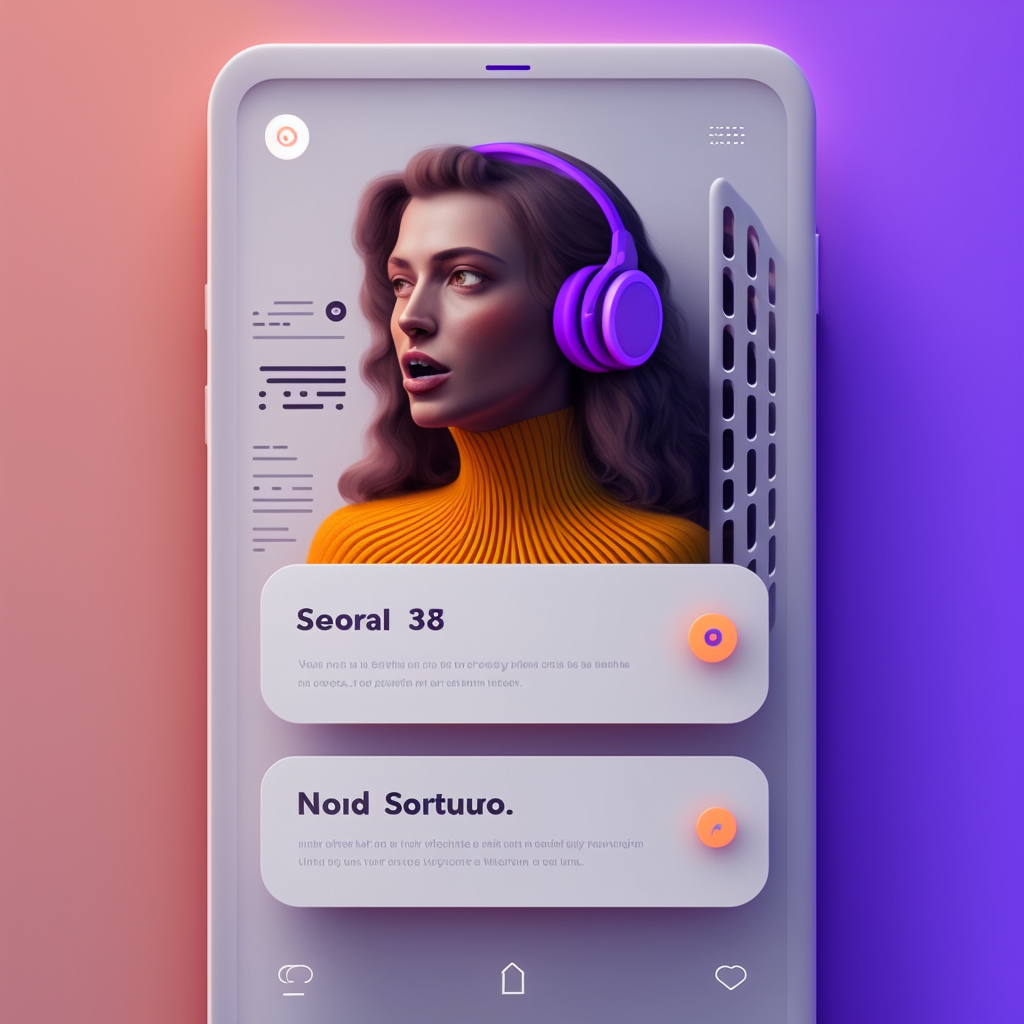Voice User Interfaces (VUIs) have become an increasingly popular way for users to interact with technology. With the growth of voice-activated devices such as Amazon’s Alexa and Google Home, VUIs are no longer a futuristic idea, but a present-day reality. AI technology has also played a significant role in the development of VUIs, making them more intuitive and responsive to user requests.
One of the biggest advantages of VUIs is their ease of use. With a simple voice command, users can access information, control their devices, and complete tasks without having to physically interact with the device. This can be particularly beneficial for individuals with disabilities or for those who simply prefer hands-free operation.
VUIs also offer unique design challenges compared to traditional graphical user interfaces (GUIs). Designers must consider the nuances of human speech, including tone, accent, and pronunciation, and how these factors may impact the VUI’s ability to understand and respond to user requests. Additionally, designers must think about how users will articulate their requests and what type of feedback is most appropriate for different situations.
To address these challenges, AI has been utilized in the design of VUIs to create more natural, human-like interactions. AI algorithms can analyze speech patterns and respond in a way that mimics human conversation, making the experience more intuitive and enjoyable for the user. Additionally, AI can help improve the accuracy of speech recognition and reduce the number of incorrect responses, ensuring that users are able to complete tasks quickly and efficiently.
One example of AI’s impact on VUI design is the development of AI-powered virtual assistants, such as Siri and Bixby. These virtual assistants use AI to recognize and respond to natural language requests, providing users with a more conversational experience. As AI technology continues to advance, we can expect to see even more advanced virtual assistants that are capable of handling complex tasks and providing personalized experiences.
In conclusion, AI is playing a significant role in the development of VUIs, making them more intuitive and responsive to user requests. As more people adopt voice-activated devices, designers must continue to focus on creating natural and enjoyable experiences for users. With AI technology continuing to advance, we can expect to see even more innovative VUIs in the future.


